Chiyoda City
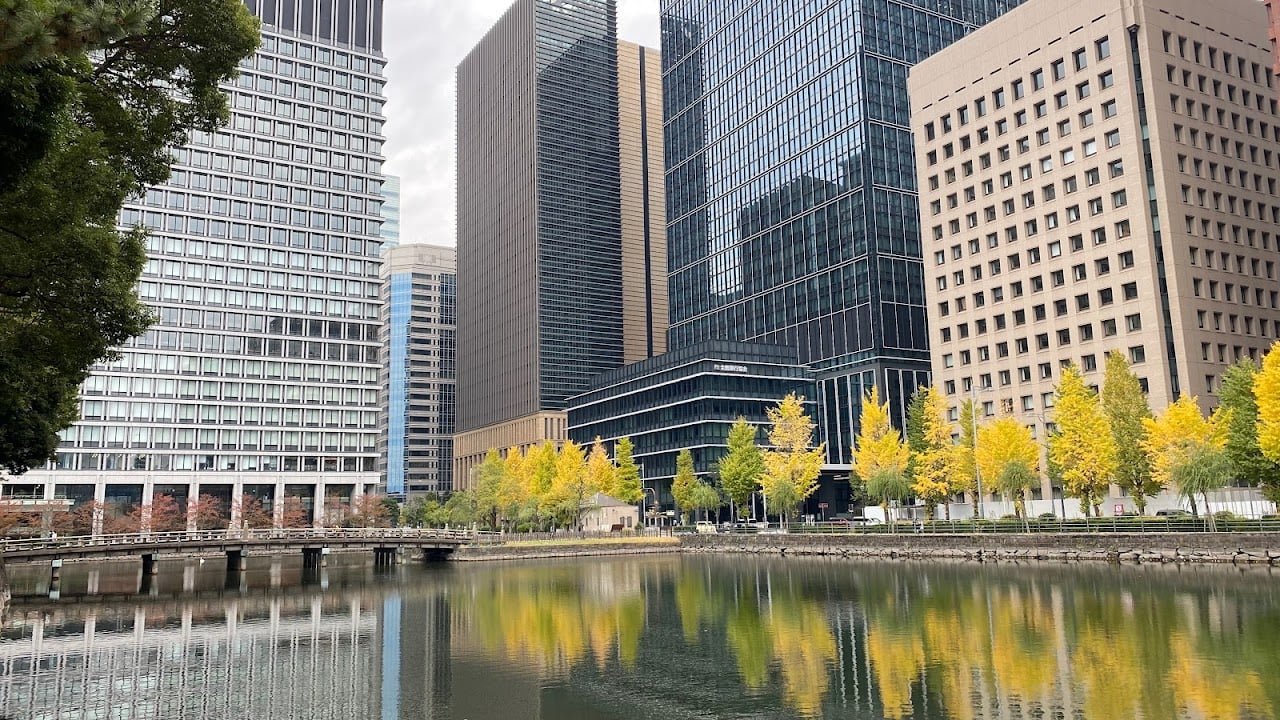
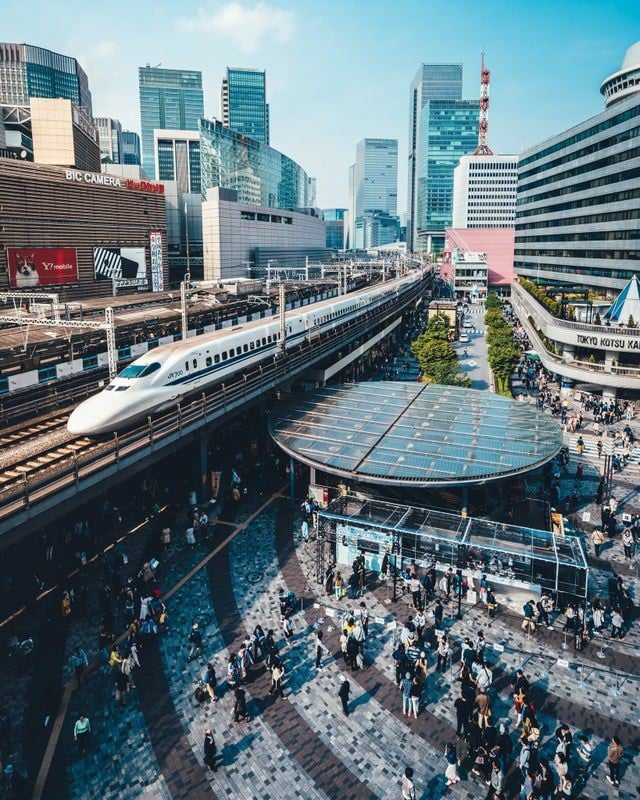
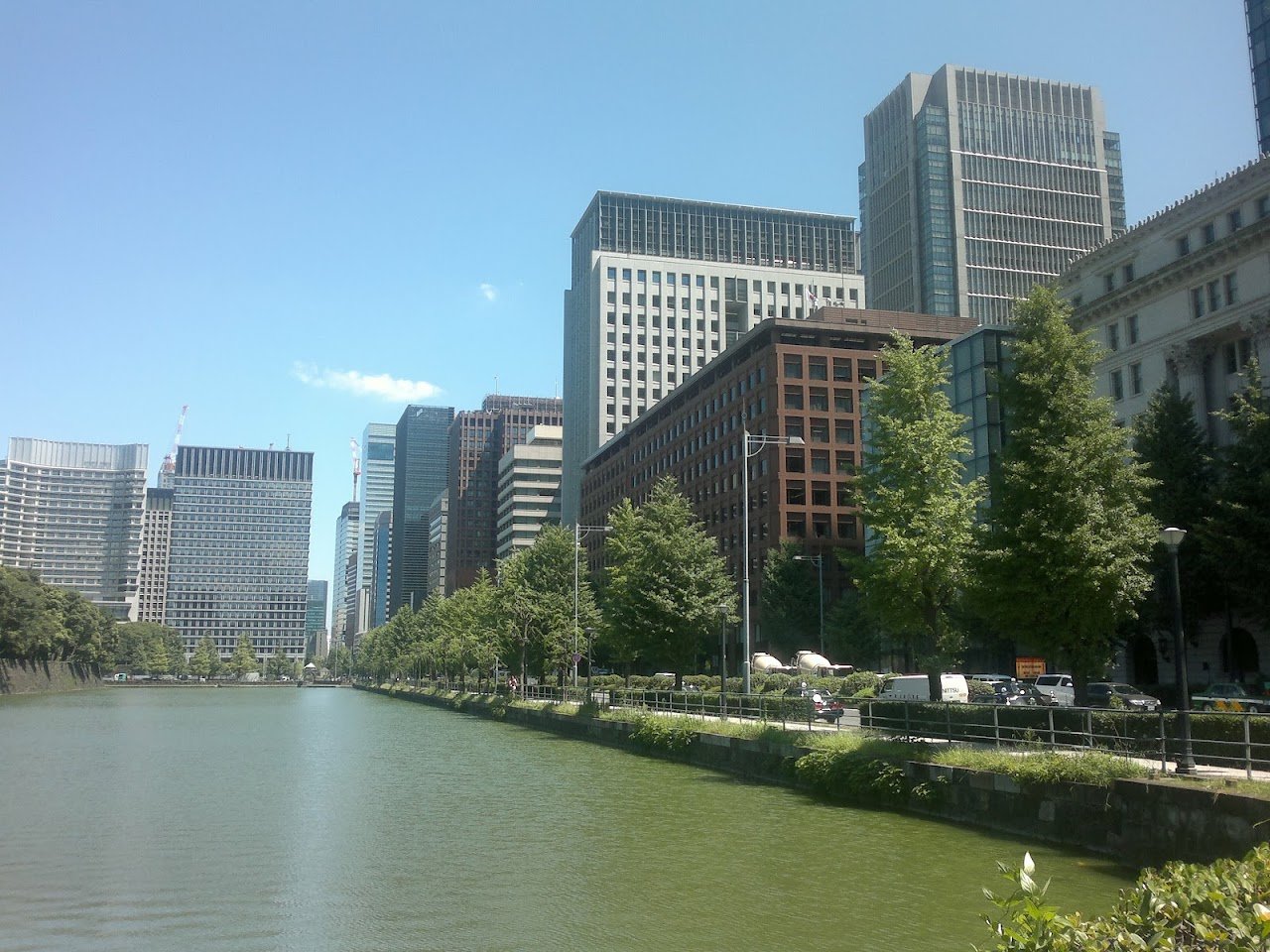
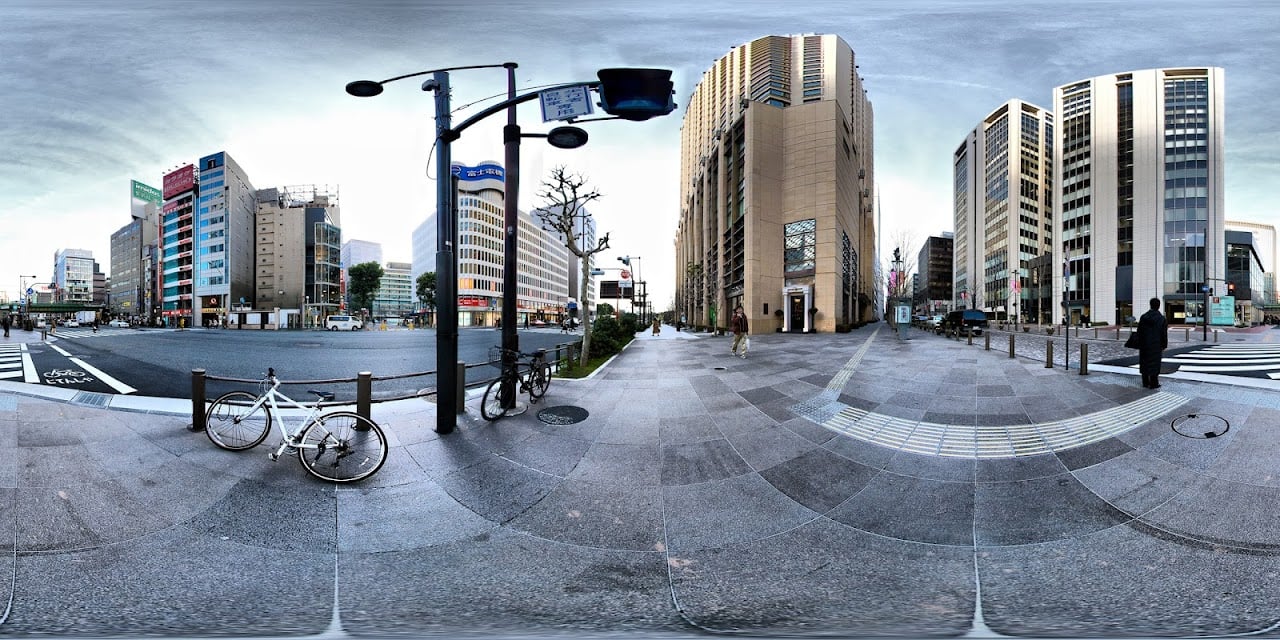
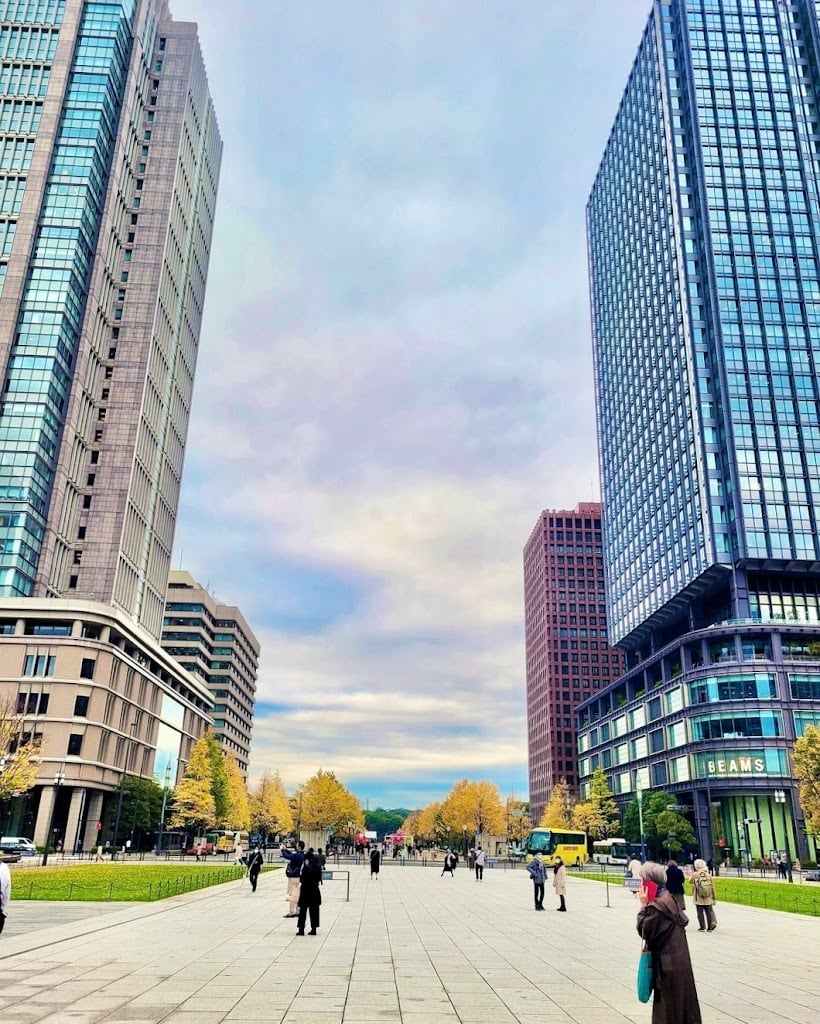
Ask ThatchGPT
Suggest a local expert to plan my trip
Suggest an unique itinerary for my Tokyo trip
What foods do Tokyo locals eat
What are some true hidden gems in Tokyo
Help me brainstorm trip ideas for Tokyo
Help me plan a family-friendly trip to Tokyo
What people say
Leo Scarton
Available for hire
"Welcome to Chiyoda, a district steeped in the essence of Tokyo's past and present. As we delve into its history, we uncover the rich tapestry that intertwines tradition, power, and the heartbeat of a nation.
Chiyoda's historical roots are deeply embedded in the heart of Edo, the former name of Tokyo during the Edo period (1603-1868). This district was once the site of Edo Castle, the seat of power for the Tokugawa shogunate. The castle, surrounded by expansive walls and a massive moat, stood as a symbol of authority and control.
The Meiji Restoration in 1868 marked a significant transformation for Chiyoda and the entire nation. Edo Castle was renamed the Imperial Palace as Japan underwent a rapid modernization process. The district evolved into a hub of political, administrative, and cultural activity, becoming the nucleus of the new imperial government.
The devastating impact of the Great Kanto Earthquake in 1923 left its mark on Chiyoda, leading to reconstruction efforts that reshaped the district's landscape. Despite the challenges, Chiyoda continued to thrive as a central hub for government institutions, embassies, and cultural institutions.
Chiyoda played a pivotal role in the post-war reconstruction of Japan. The district's symbolic significance was underscored when the Allied Occupation Headquarters, led by General Douglas MacArthur, chose the Dai-Ichi Seimei Building in Marunouchi as its headquarters.
The Marunouchi business district, within Chiyoda, emerged as a thriving financial center. The juxtaposition of modern skyscrapers with the Imperial Palace's traditional architecture epitomizes the district's ability to seamlessly blend tradition and modernity.
One of Chiyoda's iconic landmarks is the National Diet Building, the seat of Japan's bicameral legislature. Completed in 1936, the building reflects a mix of Western and Japanese architectural influences.
Chidoya, with its plethora of historical sites, also embraces contemporary culture. The district hosts a variety of museums, galleries, and the Hibiya Open-Air Concert Hall, contributing to Tokyo's vibrant cultural scene.
In the midst of this dynamic urban landscape, Chiyoda remains the nucleus of political power, housing government ministries, the Prime Minister's residence, and the Supreme Court. The presence of institutions like the Yasukuni Shrine adds another layer to Chiyoda's complex identity, reflecting both reverence and controversy.
As you navigate the streets of Chiyoda, you traverse not only the administrative heart of Tokyo but a district that echoes the footsteps of samurai, the whispers of political debates, and the resilience of a nation navigating its past and future. Each corner holds fragments of history, inviting you to unravel the layers of Chiyoda's narrative."
Read more in:
Mentioned in these guides
About Chiyoda City
Get the inside scoop on Chiyoda City from local experts, travel creators, and tastemakers. Browse genuine trip notes, Chiyoda City reviews, photos, travel guides, and itineraries from real travelers and plan your trip with confidence.
Address
Save this spot for later or start mapping out a new trip today
Try our AI Travel Assistant and get instant answers to any questions about your trip.
Ask ThatchGPT
